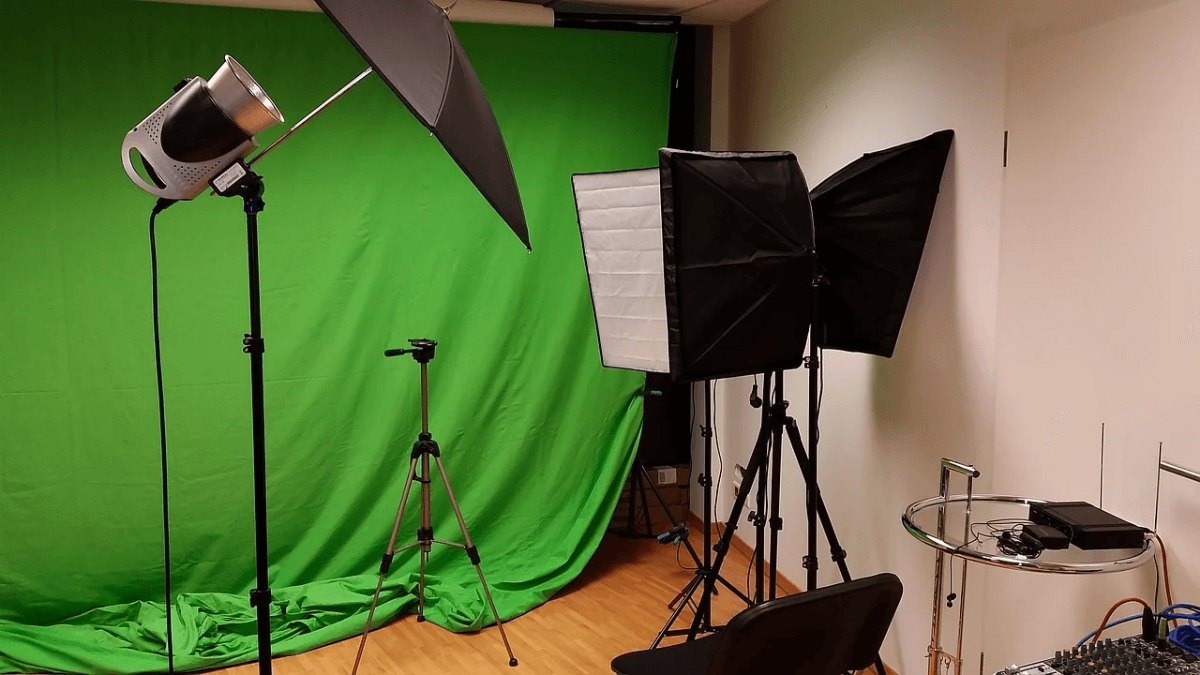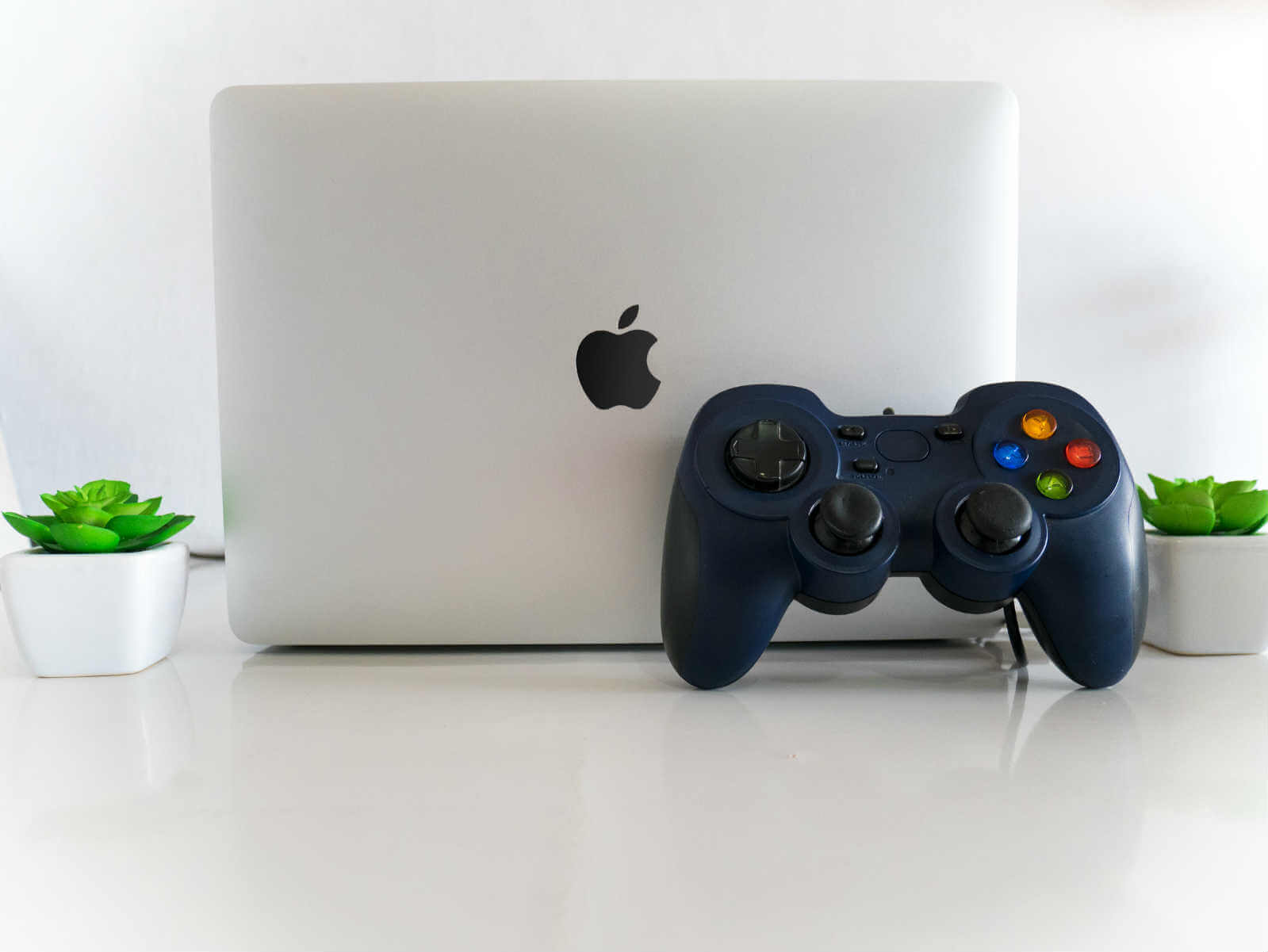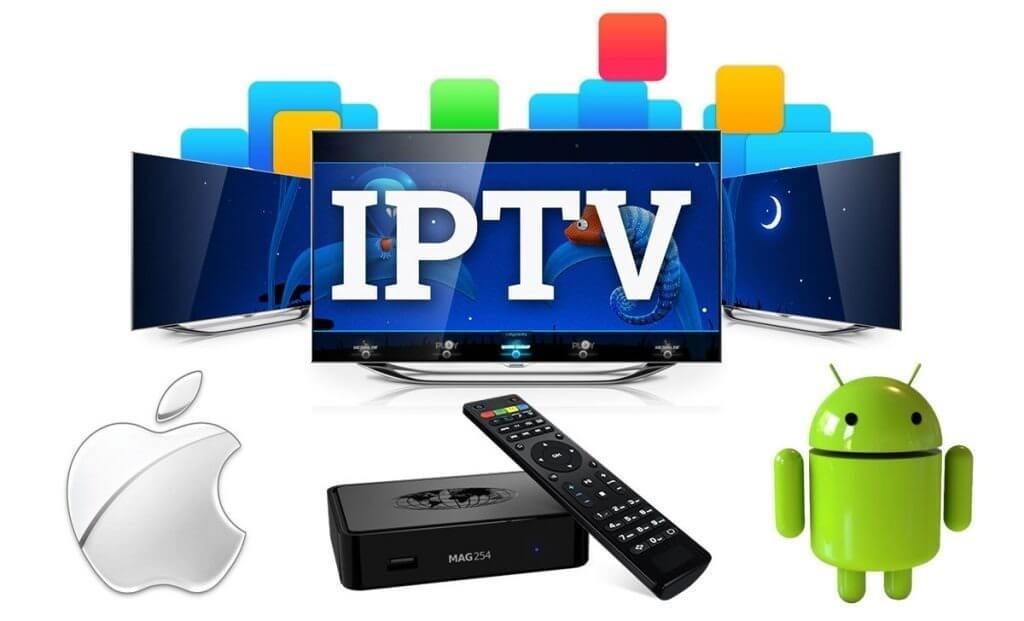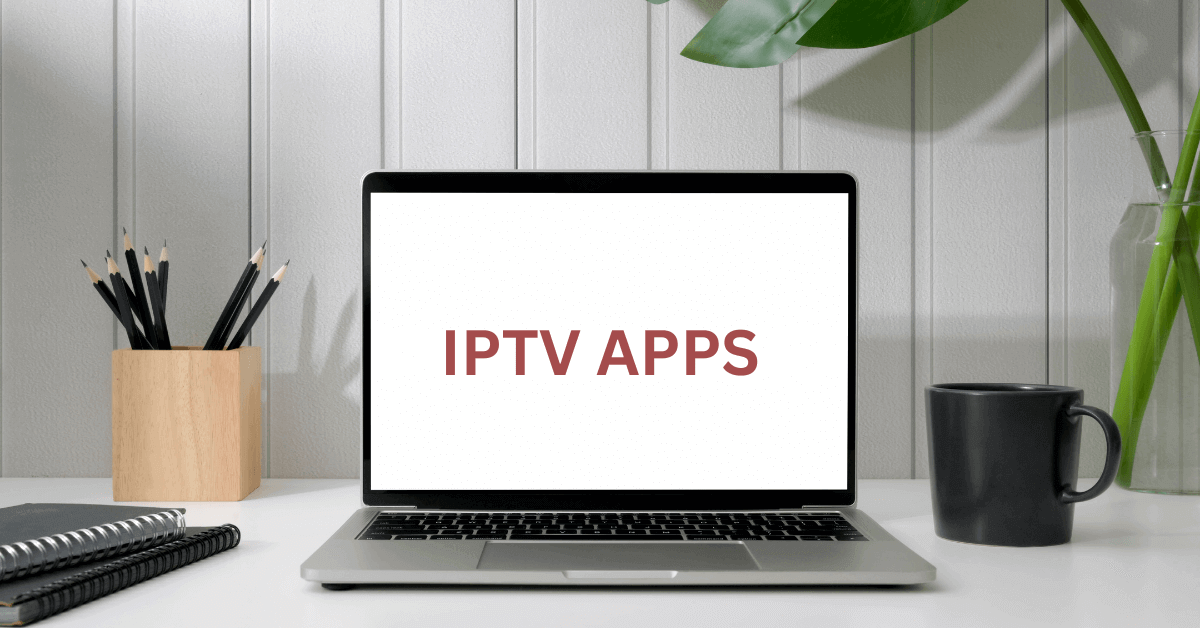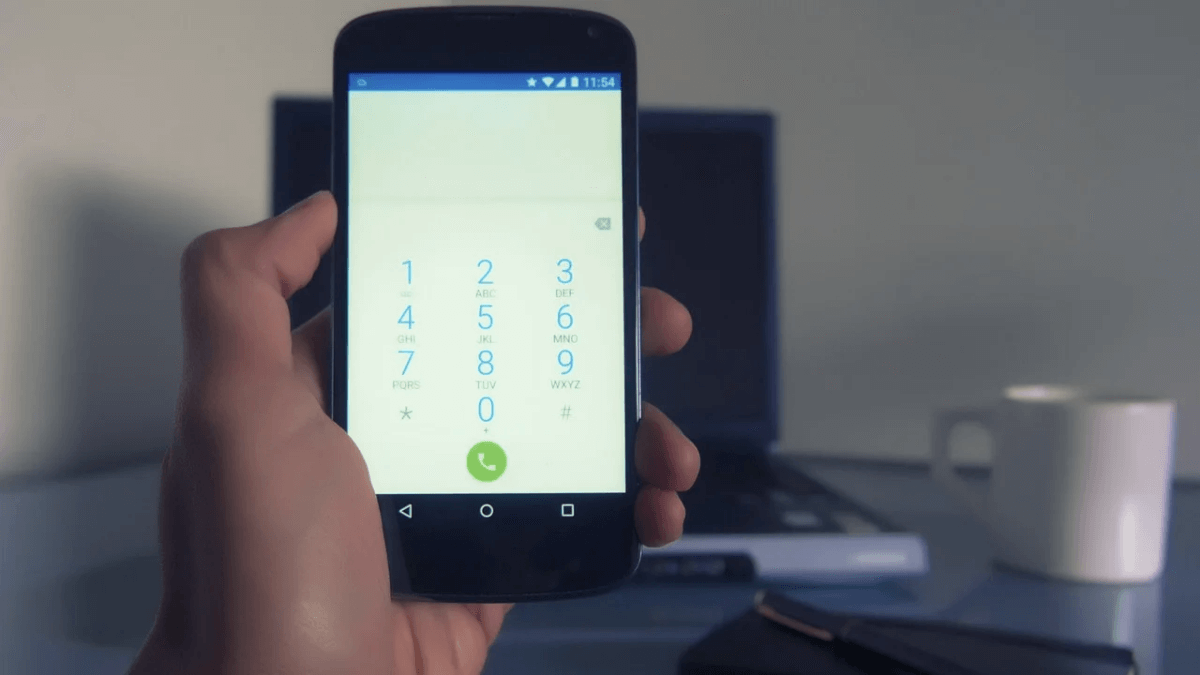How to Turn Your Phone and Computer into an At-Home Film Studio
If you have ever stared in wide-eyed wonder at a movie screen, you are not alone. For as long as movies have existed, there have been fans and dreamers who want to join the industry. You may not be able to go to Hollywood, walk into a studio, and say “give me a job,” but as technology advances, there are new opportunities to create by yourself.
Large tech companies offer applications and services that allow you to test the waters of filmmaking. You can use high-end filming equipment with a Sony a7 rental, and you can use a free trial of the Adobe suite to access video editing software.
You do not need to live in Los Angeles to start your movie-making career. Just follow this advice and you can have your very own film studio at home.
Recording Your Video:
The true first steps in any filmmaking process are to come up with an idea and write a script. While we cannot advise you on how to be creative and think up the next Oscar-winning screenplay, we can help you with the next part: filming your project.
Technology-wise, there are three significant parts of any filming set up: Camera, Lighting, and Audio. Your camera (and associated equipment) captures the actions, the lighting makes the performers visible, and the audio allows us to hear them. If you are using your cellphone as a camera, you automatically have a microphone on hand as well.
Camera:
Phone cameras have become more advanced as technology and demand has grown. With TikTok, Instagram, and YouTube, people are trying to create effective visual content, and they want a camera that makes them look good. Just like with professional cameras, there are lenses you can buy to improve your phone camera’s ability to capture footage. You can buy a powerful zoom lens to capture fine and far away details or a wide lens that increases the camera’s field of vision. Lenses vary in price but beginners can easily find a lens for less than $100.
Lighting
A good camera does not mean much if you do not have a good lighting set up. You want to make sure that you can see your subject in the frame, but that they are not too washed out. Think about what you are trying to convey during filming to figure out your lighting set up:
- A warm light, one that looks more yellow or orange, will add some color to their face, while a cold light, more white or blue, will make them paler.
- Lights on the side will create shadows, but may also add dynamic visuals to the subject.
- A light behind the subject will cast them entirely in shadow. This does not work for a confessional-style video, but might be an interesting effect for a mysterious character.
You do not need to break the bank finding advanced lighting equipment. A desk or table lamp may be exactly what you need to fill the lighting space. When in doubt, natural daylight is almost always the best lighting for a phone camera.
Audio
You can also get creative with how you use your cellphone. If you want each actor to be heard clearly, you can use the Voice Memos application on your phone to capture audio, then use that audio file in the editing process. If each actor uses their own phones as recording devices, it is like they have been personally miked up.
Professional filming equipment can get expensive, but there are plenty of options and alternatives that you can explore as an at-home filmmaker that will still give you a high-quality video.
Editing Your Footage:
When you are creating video projects, there is no such thing as the perfect take. Often you will find that different takes have different moments that you want to splice together. If you are ready to assemble your footage into the final project, then you need an editing program.
On Your Computer
If you have time to work on your project, you may be able to invest in studio software for your computer instead of keeping everything on your phone. The Adobe Creative Suite is full of apps specifically designed for video creation.
- Premiere: This is your basic video editing application. An easy-to-navigate set up allows you to import raw footage, stills, audio clips, and other materials for your video project into a materials dock. From there you can fill the timeline, cut down clips, and tweak sound as you develop your videos. Premiere has many preset effect abilities, but you will need to use other applications to get the full range.
- AfterEffects: The cousin of Premiere, these two apps are often used in tandem. While Premiere is best used for assembling the pieces, AfterEffects lets you enhance those pieces. Often referred to as Photoshop for videos, AfterEffects offers a broad array of design tools that allow you to do everything from adding sweeping text to a clip to changing the color of details in a frame.
- Audition: The sound editor. Audition lets you import, edit, and manipulate audio files to create a new sonic effect for your videos. Add reverb, remove stutters, warp pitch, and volume of your audio clips with specially designed effects and features available in this application.
Beyond the Adobe Suite, there are plenty of applications, websites, and services that can help you. Apple’s Final Cut Pro is a favorite of many film industry editors, and often they require Final Cut experience from job applicants. Vimeo is a video sharing site (more on that later) that also offers an easy video editing service that encourages creators to collaborate with their online peers.
On Your Phone
Since the social media landscape exists primarily on our phones, developers have created mobile applications that allow us to edit on the go. Anyone with an iPhone already has access to a video editing application: iMovie. Developed for nonprofessionals, iMovie offers basic editing features, plus it allows users to add titles, music, voiceovers, and minimal effects to their footage.
Adobe offers Premiere Pro Rush, a more simplified version of their desktop application, designed for new creators. Premiere Pro Rush also offers compatibility with the Adobe Creative Cloud so you can make quick edits to a project on your phone, then return to the desktop version of Premiere for substantial work.
If the editing process does not excite you as much as the filming process, freelance services like Upwork and Fiverr offer a collection of experienced workers who would love to collaborate with you.
Pro Tip: Always Save! Whether it’s Command + S, Ctrl + S, or a different shortcut on your keyboard, always remember to save your work. You do not want your computer to crash at the end of a two-hour work session to find that your progress has been lost. Even if you have AutoSave on, putting in the effort to press the save buttons will be a physical indicator for you that you have protected your work.
Ready to Go
After you finish your video project, make sure you have the right space to store it. Completed videos are usually more than a few Megabytes in size, and can take up space. A portable hard drive or a cloud service like Google Drive will usually have a lot of available space for you to keep the materials and the finished product.
Filmmaking may seem like a glamorous but unattainable dream, but rest assured that you do not have to be surrounded by movie stars to make your own movie. Programs and equipment are readily available to you, some of them you may already have. Whether it is a home movie or a science-fiction epic in your backyard, if you take this advice, you are on your way to creating your own filmmaking space.
Popular Post
Recent Post
100 Mbps, 200 Mbps, 300Mbps? What Speed is Good for Gaming?
What internet speed is best for gaming without lag? This guide examines whether 100Mbps, 200Mbps, or 300Mbps is good for online multiplayer on PC, console, and mobile.
Top 10 Child-Friendly Browsers – Kids Friendly Web Browser
As parents, ensuring our children’s online safety and exposure to age-appropriate content is a top priority. With the vast expanse of the internet and its potential risks, finding a reliable and secure web browser for kids has become increasingly important. Fortunately, numerous developers have recognized this need and have created specialized Kid-friendly web browsers designed […]
How To Fix Mouse and Keyboard Not Working On Windows 10 and 11
Mouse and keyboard not working? Fix non-working mice and keyboards in Windows 10/11. Troubleshoot software issues to restore mouse and keyboard functions.
Top 15 Best Lightweight Browsers for Windows 10 and 11
Introduction: With the ever-increasing demand for faster browsing speeds and lower memory usage, lightweight browsers have become quite popular among Windows users. These browsers are designed to be swift, responsive, and easy on system resources. In this article, we will discuss the top 15 lightest browsers for Windows 10 and 11 to help you find […]
10 Best IPTV Apps For iOS & Android in 2024
Introduction: Watching TV on your phone or tablet has become incredibly popular in recent years. IPTV (Internet Protocol Television) allows you to stream live TV, movies and shows directly on your mobile devices. With IPTV apps, you can take your favorite TV channels and content with you wherever you go. In 2024, there are tons […]
How To Fix Dns_Probe_Started Error [Top 10 Ways]
Introduction: The DNS_PROBE_STARTED error occurs when your DNS lookups are failing. DNS (Domain Name System) is like the phonebook of the internet—it translates domain names (e.g. google.com) into IP addresses needed to load websites. When you attempt to visit a website, your device sends a DNS lookup request to your DNS server. If the DNS […]
11 Best IPTV Player For Mac In 2024 [Free & Paid]
Are you interested in watching your favorite live TV channels, lots of trending movies, and TV series on a Mac device? Then, look nowhere else! You can get your hands on the perfect IPTV player for Mac. Such top IPTV apps can easily turn your Macbook into the ultimate entertainment center, which we will discuss […]
10 Best Free Caller ID Apps For Android In 2024 [Latest List]
Introduction: In today’s fast-paced digital world, our smartphones have become an integral part of our daily lives, serving as a gateway to constant communication. However, with the rise of spam calls, telemarketers, and unwanted contacts, managing incoming calls can become a daunting task. This is where caller ID apps come into play, offering a reliable […]
10 Best Free File Manager Apps For iPhone & iPad 2024
Introduction: Managing files across different cloud services and local storage on your iPhone or iPad can be a hassle. While iOS has fairly robust built-in file management capabilities through the Files app, many users find they need more advanced functionality. That’s where dedicated file manager apps come in. These apps allow you to access, organize, […]
15 Best Finder Alternatives for Mac in 2024
If you are a Mac user, you probably already have a bittersweet relationship with Mac Finder. It is an indeed powerful file manager and graphical user interface tool for Macintosh. But, despite being the default Apple program, it lacks many features. Plus, Apple hasn’t made any efforts to update Finder in a long time. However, […]
